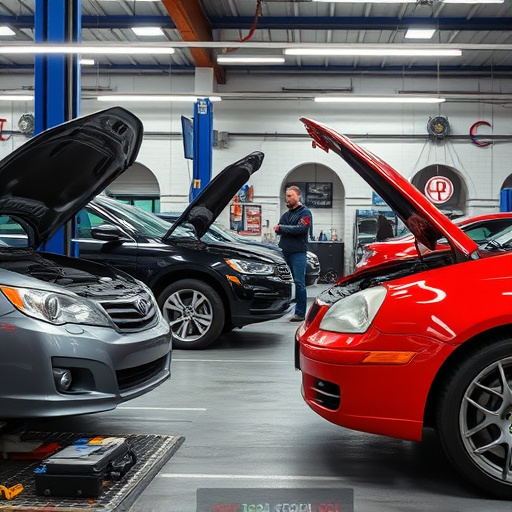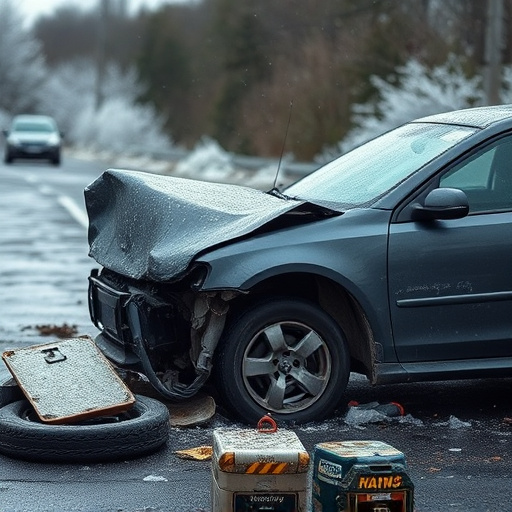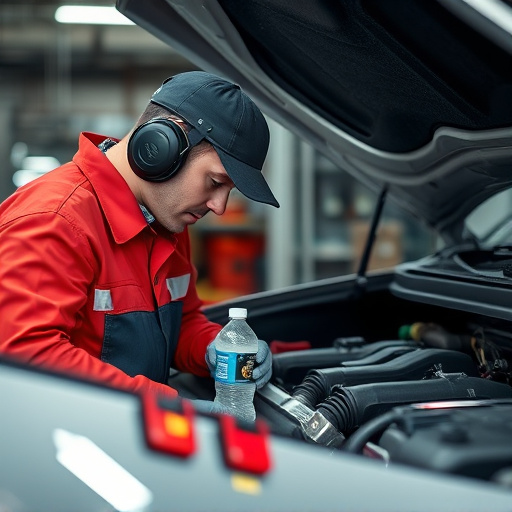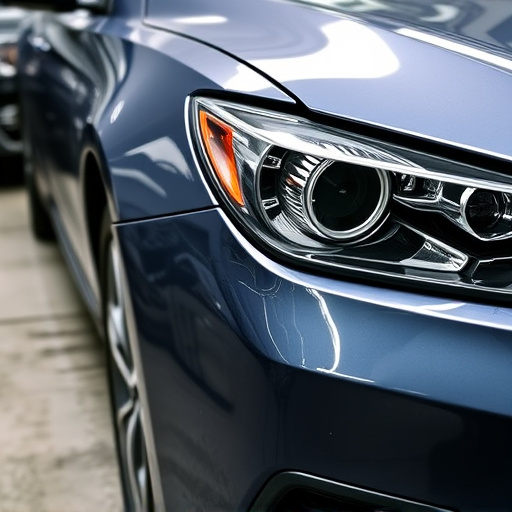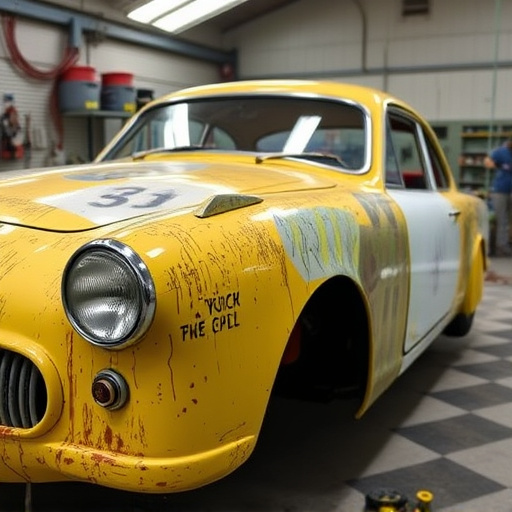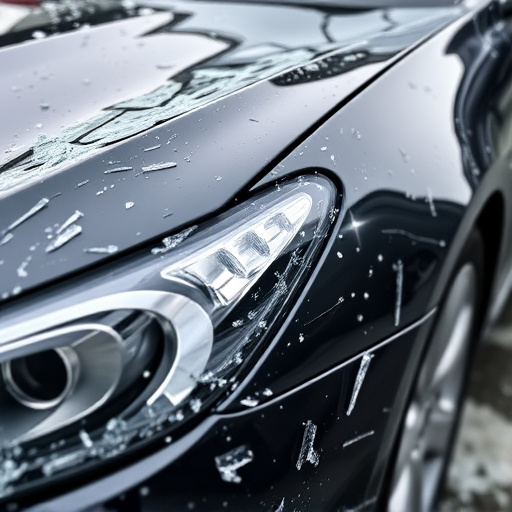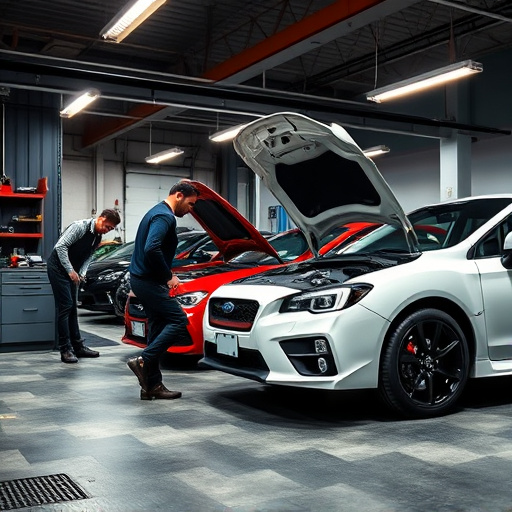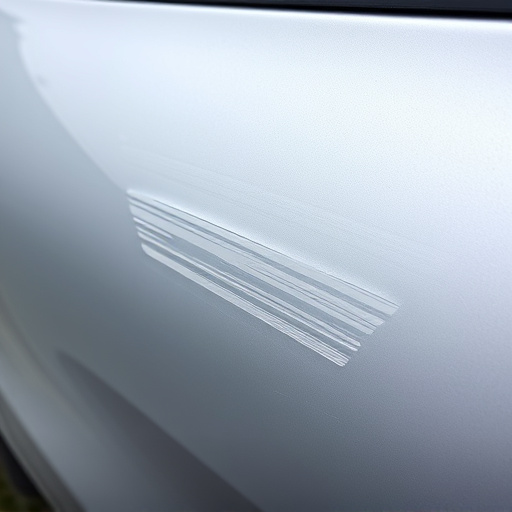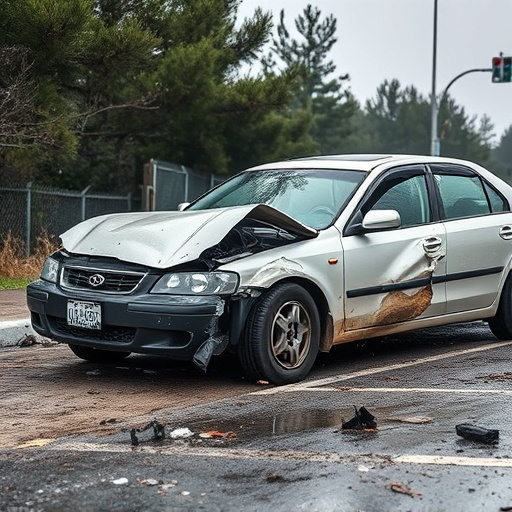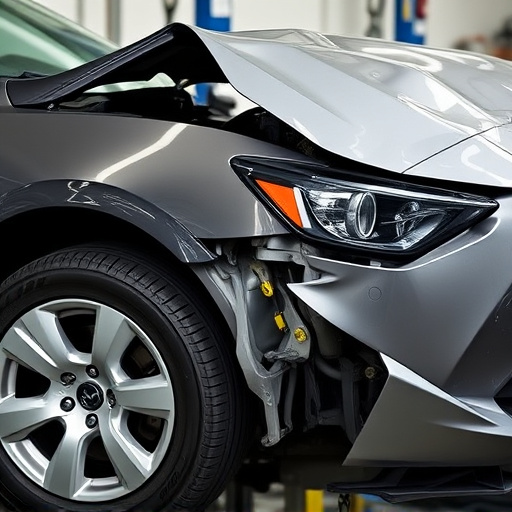Mercedes-Benz, recognizing the growing importance of electric vehicles (EVs), has established rigorous repair standards for its EQ models and high-voltage components. These standards necessitate specialized equipment, safety protocols, and training for collision repair shops to handle EV repairs effectively while adhering to environmental regulations. By prioritizing safety, quality, and comprehensive training in modern techniques, Mercedes-Benz ensures the structural integrity, aesthetic appeal, and long-term viability of its EV vehicles, ultimately contributing to customer satisfaction.
Mercedes-Benz, a pioneer in automotive innovation, has established robust repair standards for its electric vehicles (EVs), including those with EQ and high-voltage components. This article delves into the unique challenges posed by repairing these advanced systems and explores best practices for mechanics and workshops to ensure safety and quality. Understanding Mercedes-Benz repair standards is crucial for maintaining the integrity and performance of modern EVs.
- Understanding Mercedes-Benz Repair Standards for Electric Vehicles
- The Unique Challenges of Repairing EQ and High-Voltage Components
- Ensuring Safety and Quality: Best Practices for Mechanics and Workshops
Understanding Mercedes-Benz Repair Standards for Electric Vehicles
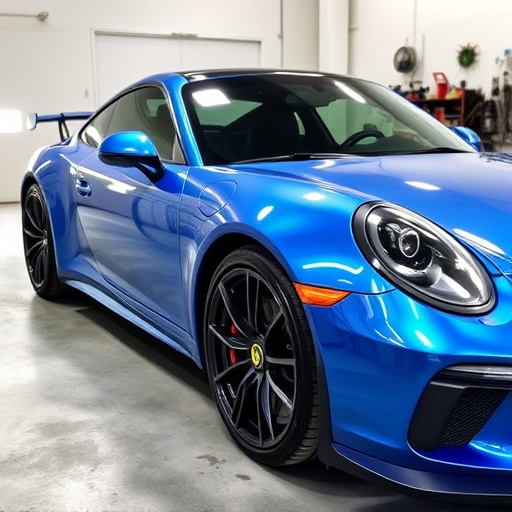
Mercedes-Benz, a pioneer in automotive innovation, has established comprehensive repair standards for its electric vehicles (EVs), including EQ models and those with high-voltage components. These standards are designed to ensure that any collision repair shop or auto body shop undertaking repairs maintains the integrity and safety of these advanced systems.
With the rise in popularity of EVs, proper training and specialized tools become essential for vehicle bodywork professionals. The Mercedes-Benz repair standards emphasize precise procedures and technologies to accurately diagnose and fix issues related to battery packs, electric motors, and power electronics—all while adhering to strict environmental regulations. This ensures that every repair, regardless of complexity, meets the manufacturer’s high-quality benchmarks, ultimately keeping drivers safe and satisfied.
The Unique Challenges of Repairing EQ and High-Voltage Components
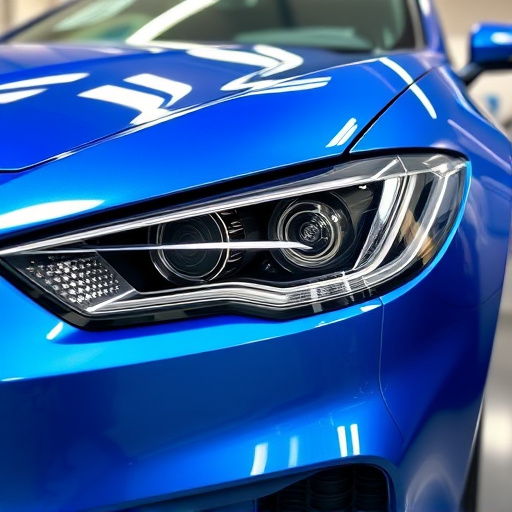
Repairs involving Mercedes-Benz’s electric vehicle (EV) systems, such as EQ and high-voltage components, present unique challenges for auto repair shops. These advanced systems require specialized knowledge and tools due to their intricate nature and high-energy operations. Unlike conventional internal combustion engines, EV powertrains involve complex electrical architectures with thousands of connections, making fender repair or auto body restoration processes more labyrinthine.
The high voltage involved in these systems necessitates strict safety protocols to prevent accidents and ensure the well-being of technicians. Auto repair shops must invest in specialized equipment and training programs to meet Mercedes-Benz repair standards for EQ and high-voltage components. This includes precise diagnostics, safe disposal of hazardous materials, and adherence to environmental regulations, making EV repairs distinct from traditional auto body services like fender repair.
Ensuring Safety and Quality: Best Practices for Mechanics and Workshops

In the realm of Mercedes-Benz repair standards, ensuring safety and quality is paramount, especially with the advent of electric vehicles (EVs) like those equipped with EQ and high-voltage components. Mechanics and workshops must adhere to stringent protocols to guarantee not only the integrity of the car but also the well-being of technicians and future drivers. Best practices include comprehensive training on the latest repair techniques, particularly for EV-specific issues, as well as investment in advanced tools and equipment designed to handle these delicate systems safely and efficiently.
Workshops must be equipped with the necessary facilities and procedures to manage high-voltage risks, such as adequate grounding, safe discharge of energy, and proper disposal of components. Additionally, focusing on paintless dent repair and car bodywork restoration techniques showcases a commitment to maintaining the vehicle’s original aesthetic quality alongside structural integrity. These practices not only enhance customer satisfaction but also contribute to the long-term viability of Mercedes-Benz vehicles, ensuring they remain in top condition for years to come.
Mercedes-Benz repair standards for electric vehicles, particularly focusing on EQ and high-voltage components, mark a significant evolution in automotive maintenance. Understanding these standards is crucial for mechanics and workshops aiming to provide safe, quality repairs for the growing fleet of electric Mercedes-Benz models. By adopting best practices, industry professionals can ensure that these complex systems are serviced competently, contributing to the long-term reliability and performance of EQ vehicles.
